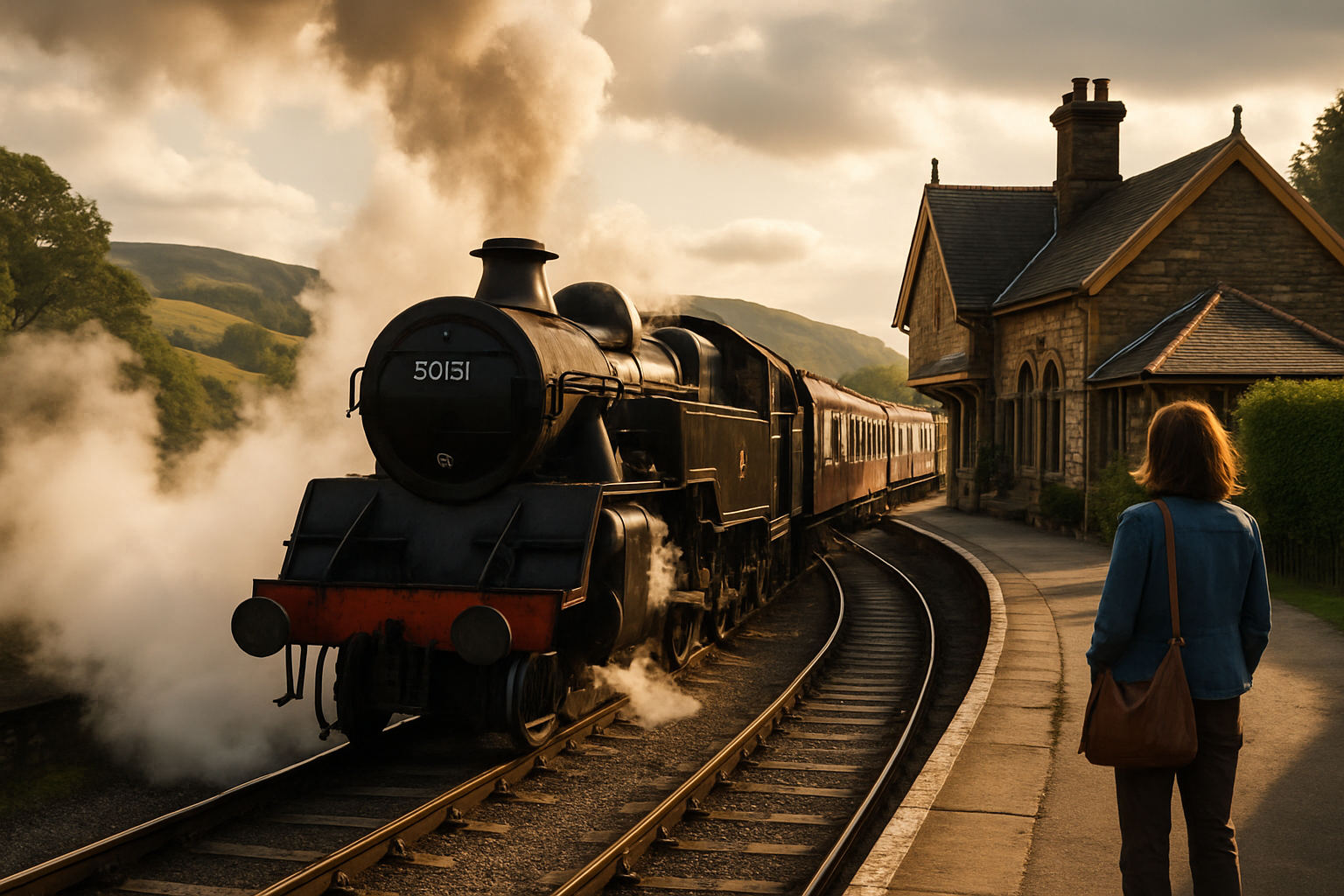Reviving the Charm of Heritage Railways: A Journey Through Time and Culture
The allure of heritage railways transcends generations, offering a unique blend of nostalgia, adventure, and cultural immersion. With the rush of modern life, the charm of these railways provides a refreshing alternative to the hustle and bustle of conventional travel. This article delves into the history, benefits, and current trends surrounding heritage railways, giving you a fresh and unique perspective on this captivating mode of travel.

A Glimpse into the Past: The History of Heritage Railways
Heritage railways, also known as historical or tourist railways, have been part of our cultural landscape for over a century. These railways were typically built during the 19th and early 20th centuries, serving as vital transportation links between towns and cities. However, with the advent of automobiles and airplanes, many of these railways fell out of favor and were abandoned or dismantled.
In the mid-20th century, however, enthusiasts began to revive and restore these abandoned rail lines, recognizing their historical and cultural significance. Today, heritage railways are treasured icons of the past, offering a unique window into the history and culture of the regions they traverse.
Current Trends: A Renewed Interest in Heritage Railways
Recently, there has been a significant resurgence of interest in heritage railways, fueled by a desire for unique and immersive travel experiences. According to the Association of Tourist Railroads and Railway Museums, the number of heritage railway visitors has risen dramatically over the past decade, demonstrating a growing appreciation for this nostalgic form of travel.
Heritage railways offer a unique travel experience, transporting passengers through scenic landscapes and historic towns, often accompanied by on-board entertainment, dining options, and guided tours. These rail journeys provide an engaging way to explore a region’s history, culture, and natural beauty, offering more than just a means of transport.
Advantages, Challenges, and Impact of Heritage Railways on Travel
The advantages of traveling by heritage railways are numerous. Besides offering a unique and immersive travel experience, these railways are often more environmentally friendly than other modes of transport. They also contribute to local economies by attracting tourists, creating jobs, and preserving historical landmarks.
However, maintaining and operating heritage railways also come with challenges. These include high maintenance costs, the need for skilled labor, and the necessity to comply with modern safety standards. Despite these challenges, the positive impact of heritage railways on tourism, culture, and environment is undeniable.
Intriguing Facts About Heritage Railways
-
The Ffestiniog Railway in Wales, established in 1836, is the oldest operational railway company in the world.
-
The Darjeeling Himalayan Railway in India, often called the “Toy Train,” is a UNESCO World Heritage Site.
-
The Cumbres & Toltec Scenic Railroad in the USA is the highest and longest narrow-gauge steam railroad in North America.
-
The Puffing Billy Railway in Australia is one of the most popular steam heritage railways in the world.
As we conclude our journey into the world of heritage railways, one thing is clear: these railways offer much more than just a ride. They provide a unique window into the past, an immersive cultural experience, and a slower, more thoughtful way to travel. Whether you’re a history buff, a rail enthusiast, or a curious traveler seeking unique experiences, the charm of heritage railways awaits your discovery.





